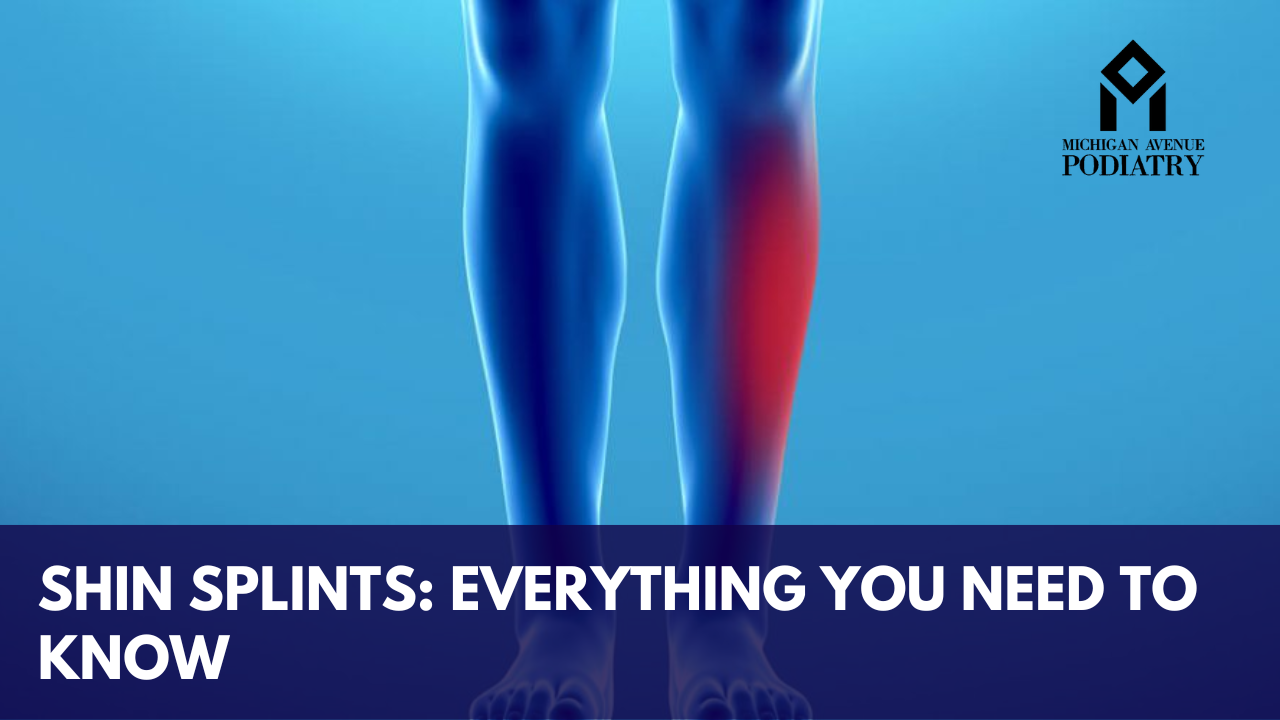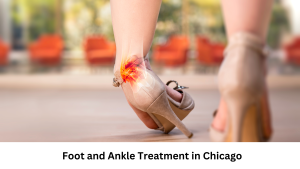Shin splints are a common condition characterized by pain along the shinbone (tibia), typically occurring during or after exercise. This discomfort can range from mild to severe and may impact physical activity and sports performance. In this comprehensive guide, we’ll delve into the symptoms, treatment options, and prevention strategies for shin splints, with insights from podiatrist experts and foot doctors.
Understanding Shin Splints Symptoms:
- Pain Along the Shinbone: Shin splints typically present as a dull, aching pain along the inner edge of the shinbone, which may worsen during physical activity and subside with rest. The pain may be localized or spread along the length of the shin.
- Tenderness to Touch: Individuals with shin splints may experience tenderness or soreness when touching the affected area along the shinbone. Pressing on the shin may elicit discomfort or pain, indicating inflammation of the surrounding tissues.
- Swelling or Inflammation: Inflammation of the muscles, tendons, or connective tissues surrounding the shinbone can lead to swelling or redness in the affected area. Swelling may be more pronounced immediately following physical activity or exercise.
- Increased Pain with Activity: Shin splint pain often worsens during weight-bearing activities such as running, jumping, or walking, particularly on hard surfaces. The pain may subside with rest but may return upon resuming activity.
- Gradual Onset: Shin splints typically develop gradually over time, especially in individuals who engage in repetitive or high-impact activities. Symptoms may initially be mild but can progress to become more severe if left untreated.
Treatment Options for Shin Splints:
- Rest and Activity Modification: Resting the affected leg and avoiding activities that exacerbate shin splint pain are crucial for allowing the injured tissues to heal. Low-impact activities such as swimming or cycling may be recommended as alternatives to high-impact exercises.
- Ice Therapy: Applying ice packs to the affected area for 15-20 minutes several times a day can help reduce inflammation and alleviate pain associated with shin splints. Ice therapy is particularly effective after exercise or physical activity.
- Stretching and Strengthening Exercises: Gentle stretching exercises targeting the calf muscles, Achilles tendon, and shin muscles can improve flexibility and reduce tension in the lower leg. Strengthening exercises for the lower leg muscles can help prevent future shin splint episodes.
- Footwear and Orthotic Support: Wearing supportive footwear with adequate cushioning and shock absorption can help reduce stress on the lower legs and prevent shin splints. Custom orthotic inserts prescribed by podiatrists can provide additional support and alignment correction.
- Gradual Return to Activity: Once symptoms improve, gradually reintroducing physical activity and sports participation is essential to avoid re-injury. Increasing intensity and duration of activity gradually can help prevent recurrence of shin splints.
Prevention Strategies for Shin Splints:
- Proper Warm-up and Cool-down: Engaging in a thorough warm-up routine before exercise and a cool-down routine afterward can help prepare the muscles for activity and prevent injury.
- Gradual Progression of Activity: Avoiding sudden increases in training intensity or duration can reduce the risk of developing shin splints. Gradually increasing mileage, pace, or intensity over time allows the body to adapt and reduce the risk of overuse injuries.
- Cross-Training: Incorporating cross-training activities such as swimming, cycling, or strength training into your exercise routine can help balance muscle strength and reduce repetitive stress on the lower legs.
- Proper Footwear Selection: Choosing footwear with adequate support, cushioning, and stability for your foot type and activity level can help prevent biomechanical issues and reduce the risk of shin splints.
Conclusion: Shin splints can be a frustrating and painful condition, but with proper management and preventive measures, individuals can alleviate symptoms and reduce the risk of recurrence. By understanding the symptoms, treatment options, and prevention strategies for shin splints, individuals can take proactive steps to maintain lower leg health and continue enjoying their favorite activities. Consultation with podiatrist experts and foot doctors can provide personalized guidance and support in managing shin splints and promoting optimal musculoskeletal health.
To schedule an appointment with our board-certified foot and ankle specialists, Book Your Appointment Now




